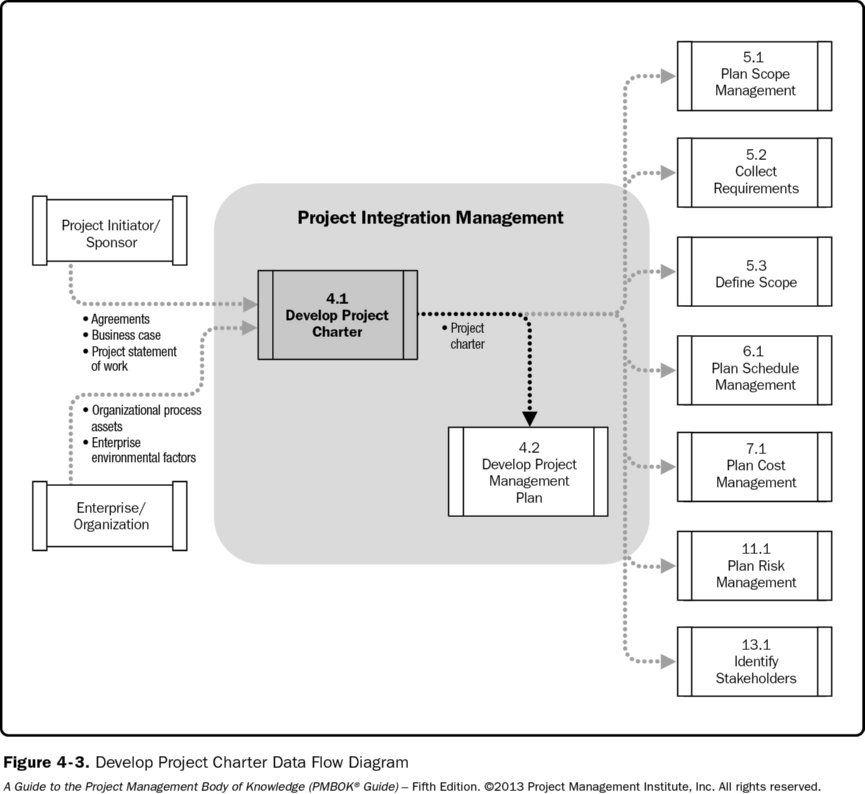
If you're new to project management, you might be confused by the multitude of tools and resources available. Be assured that you're not the only person who is confused by all of the tools and resources available to project managers. Many project managers over the years have tried different techniques and tools, and developed their own strategies for making the most of their resources. They are best used wisely and you should learn about all types of project management.
Common tools for project management
Today, there are many project management tools. Gantt charts are the most popular. They help teams track progress and show the interdependencies between the different stages. It's useful in software development, product design, and other areas where there are many deliverables.
Common project management certifications
Project managers who have industry-recognized certifications are more successful than their counterparts. They will not only gain more knowledge but they will also be recognized and trusted in the industry. PMP stands as Project Management Professional. PRINCE2 stands in for Projects IN Controlled Environments. These certifications can either be earned by someone new to project management or those with a lot of experience.
Common project management tools
There are two main types project management books. The PMBOK contains the complete A-Z vocabulary for project management terms. This book is great to have for certification candidates. It is not practical, however, for those who are not certified. The project management handbook is another option, and it can be applied to any type of project, industry or niche.

Common project management podcasts
Podcasts about project managing are a great resource for improving your knowledge. These podcasts are great for anyone, no matter how experienced or new you may be in project management. These podcasts are available all over the internet and can be listened from anywhere.
FAQ
What are some common mistakes managers make?
Sometimes managers make their job harder than they need to.
They may not assign enough responsibilities to staff members and provide them with inadequate support.
Additionally, many managers lack communication skills that are necessary to motivate and direct their teams.
Some managers create unrealistic expectations for their teams.
Some managers may try to solve every problem themselves instead of delegating responsibility to others.
What is Six Sigma?
It is a way to improve quality that places emphasis on customer service and continuous learning. The goal is to eradicate defects through statistical techniques.
Motorola developed Six Sigma in 1986 to help improve its manufacturing processes.
This idea quickly spread throughout the industry. Today, many organizations use six sigma methods for product design, production and delivery.
What are the most important management skills?
Management skills are essential for any business owner, whether they're running a small local store or an international corporation. These skills include the ability manage people, finances and resources as well as other factors.
Management Skills are also needed when you're setting goals and objectives, planning strategies, leading teams, motivating employees, resolving problems, creating policies and procedures, and managing change.
As you can see there is no end to the number of managerial tasks.
What are the 3 basic management styles?
These are the three most common management styles: participative (authoritarian), laissez-faire (leavez-faire), and authoritarian. Each style is unique and has its strengths as well as weaknesses. Which style do YOU prefer? Why?
Authoritarian – The leader sets a direction and expects everyone follows it. This style is most effective when an organization is large, stable, and well-run.
Laissez faire - Each individual can decide for himself/herself. This style is most effective when the organization's size and dynamics are small.
Participative – The leader listens and takes in ideas from all. This style is best for small organizations where everyone feels valued.
What is Kaizen and how can it help you?
Kaizen is a Japanese term for "continuous improvement." It encourages employees constantly to look for ways that they can improve their work environment.
Kaizen is a belief that everyone should have the ability to do their job well.
Statistics
- The BLS says that financial services jobs like banking are expected to grow 4% by 2030, about as fast as the national average. (wgu.edu)
- 100% of the courses are offered online, and no campus visits are required — a big time-saver for you. (online.uc.edu)
- The profession is expected to grow 7% by 2028, a bit faster than the national average. (wgu.edu)
- This field is expected to grow about 7% by 2028, a bit faster than the national average for job growth. (wgu.edu)
- UpCounsel accepts only the top 5 percent of lawyers on its site. (upcounsel.com)
External Links
How To
How can you use the Kaizen method?
Kaizen means continuous improvement. Kaizen is a Japanese concept that encourages constant improvement by small incremental changes. It's where people work together in order to improve their processes constantly.
Kaizen, a Lean Manufacturing method, is one of its most powerful. Employees responsible for the production line should identify potential problems in the manufacturing process and work together to resolve them. This improves the quality of products, while reducing the cost.
Kaizen is an approach to making every worker aware and alert to what is happening around them. It is important to correct any problems immediately if they are discovered. If someone is aware of a problem at work, he/she should inform his/her manager immediately.
There are some basic principles that we follow when doing kaizen. When working with kaizen, we always start with the end result and move towards the beginning. We can improve the factory by first fixing the machines that make it. First, we fix machines that produce components. Next, we fix machines that produce raw material. We then fix the workers that work with those machines.
This method, called 'kaizen', focuses on improving each and every step of the process. Once we have finished fixing the factory, we return to the beginning and work until perfection.
Before you can implement kaizen into your business, it is necessary to learn how to measure its effectiveness. There are several ways that you can tell if your kaizen system is working. One way is to examine the amount of defects on the final products. Another method is to determine how much productivity has improved since the implementation of kaizen.
You can also find out if kaizen works by asking yourself why you decided to implement it. It was because of the law, or simply because you wanted to save some money. It was a way to save money or help you succeed.
If you answered yes to any one of these questions, congratulations! You're ready to start kaizen.